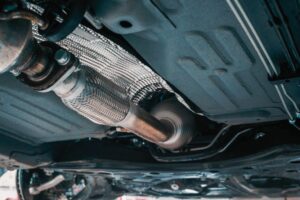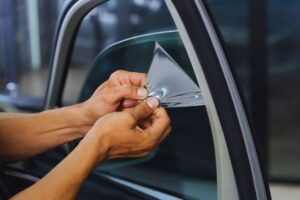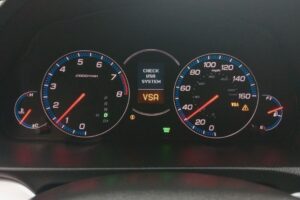Having traction control on your car will keep your tires in contact with the road, especially if you are driving on slippery and icy roads. However, there are instances where traction control can limit your control of the vehicle. I’ll show you how to turn off traction control in this article.
To switch off your car’s traction control, press its button for a few seconds and then release it. Although this will turn off traction control, your car’s stability control system will remain fully active.
Yes, you can turn off your traction control if necessary. However, you are advised to keep traction control most of the time. You may turn it off when there are driving conditions when it can do more harm than good. For instance, if your wheels are stuck in mud, snow, or sand. Turning it off will help you get unstuck much easier.
Read on to learn more about traction control, what it is, how to turn it off, and its essential functions.
How to Turn Off Traction Control
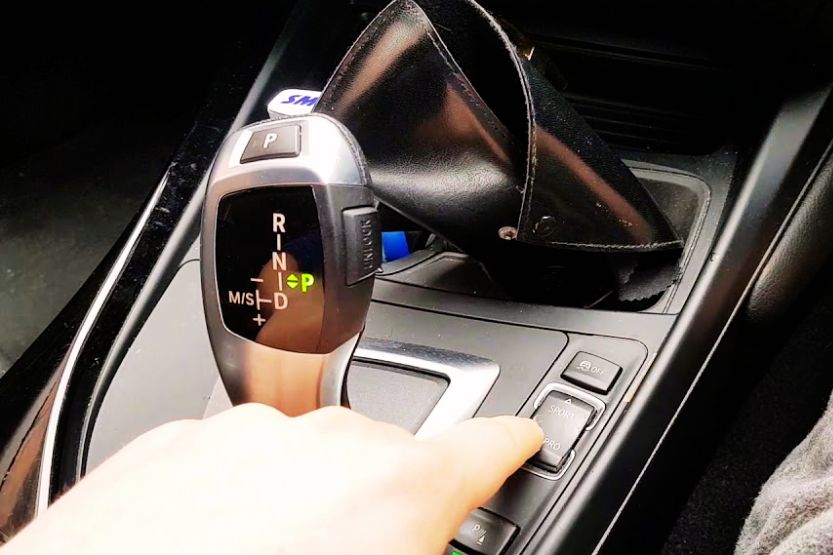
To turn off your car’s traction control, press its button for a few seconds and then release it. While your traction control is deactivated, your car’s stability control system will remain fully active.
The recommendation is that your vehicle should always have its traction control turned on 99% of the time. You can switch it off only when necessary, such as when stuck in snow, mud, or sand.
Having the traction control still on at these times will do more harm than good to your vehicle.
You may also have to switch off your traction control when driving up a steep hill while it is raining hard or snow is falling. Turning it off while driving through deep mud or snow is also better. Your chances of getting stuck will be lower if you will turn it off temporarily.
In normal driving conditions, though, driving with your traction control switched on is much safer. No matter how good a driver you think you are, the traction control can help you be much safer. It will help prevent loss of control much faster than the usual time you can react.
What Is Traction Control?
An Active Safety Feature for Modern Vehicles
Traction Control, also called “TC,” is an active safety feature of modern automotive vehicles. It increases the tires’ grip on slippery pavement or difficult or dangerous road conditions.
Maintains a Vehicle’s Traction
Traction control maintains a vehicle’s traction by restricting the wheels’ spin or rotation. This makes it easier for the tires to get a grip and stay connected to the ground where it is running.
A Standard Safety Feature for Cars Manufactured in the United States
Traction control has become a standard safety feature of all cars manufactured in the United States since 2012. So your vehicle has traction control if manufactured on and after this date.
Safer to Leave It On
It is much safer for you to leave it on most of the time, although there are instances where turning it off will be more practical.
How Does It Work
It turns on every time you switch on your car’s ignition. In your car’s instrument panel, there is a traction control button. Press the button briefly to turn it off, then release it. If you want to turn it on again, press the button, and it will return to regular operation.
If you keep it just as it is, the traction control system remains 100% active. However, when you switch it off, your dash will show a message, and a bright icon will appear on the instrument cluster.
When the traction control system is actively working, its indicator light will flash on your dash. If you see this light while driving, it means the system is actively controlling the traction of your tires.
How Does the Traction Control Work?

Uses Sensors
The principle of operation of traction control is very simple. It uses several sensors, called yaw sensors, in all the wheels of your car. These sensors monitor every tire of your vehicle. In doing its work, they track the speed of your car and how the wheels are turning.
If one of the tires is spinning faster than the speed of your car, this tire will start to lose traction. This will cause your vehicle to skid or hydroplane if it rains outside. The traction control will prevent skidding or hydroplaning of your vehicle.
How Does the Traction Control System Prevent a Car from Skidding?
There are different ways by which the traction control system does its work.
- It will apply an engine brake to decrease power going to the wheels
- It will use the brakes on the spinning wheel or wheels so that you won’t lose control of your car
The TC system has a way of determining when a wheel is slipping. It uses several sensors installed on each wheel. These sensors can detect if there’s a difference in the wheels and the vehicle’s speed.
For instance, if your car runs at 40 miles per hour, but one of the wheels starts to spin. This wheel could be spinning at 60 mph. The sensor on that wheel detects the speed difference between your car and the wheel. It will activate the TC system to decrease the speed of this wheel.
ABS Also Prevents a Car from Skidding
However, this system does not perform its work alone. At the same time that it is working, you will see the ABS or antilock braking system light on your dash flashing as well. So, your car’s anti-locking braking system also goes to work to prevent your vehicle from skidding, although in another way.
The ABS ensures that your wheels keep spinning when you step on your brakes so the brakes won’t lock up. If your brakes lock up, you will lose control of your car. When that happens, your car can crash.
Can Be Installed in Front, Rear, and All-wheel Drive Vehicles
Traction control can be installed in front, rear, and all-wheel drive vehicles. This is a sophisticated system; you won’t feel its intervention each time it goes into action.
Again, how to turn off the traction control? To turn off the traction control, press, hold, then release the traction control button after a few seconds.
Why Would You Want to Turn Off the Traction Control?
You will surely encounter certain driving conditions or situations where turning off the traction control is more practical than letting it run unobstructed. Such driving conditions include the following:
- When driving up a steep hill while it’s raining hard outside or while the snow is falling.
- When you are stuck in deep mud or snow
When you encounter such driving situations, it is unsafe to reduce the power of the engine or if you apply your brakes on the spinning wheel or wheels. Your car needs momentum to get out of these difficult driving conditions successfully.
In such situations, your chances of getting stuck will significantly increase if you don’t switch off your traction control. Remember: your TC system automatically activates when you start the engine and drive your car. So, it will keep working if you don’t turn it off, even in these driving situations.
Pressing the TC button on your instrument panel will turn off the system. You will know if the traction control light on your dash will remain steady if switched off. When you press the button again, the system will be activated, and its indicator light will no longer appear on your dash.
When Should You Turn the Traction Control Off?
You need to let the traction control system of your car work actively in the background. You should turn it off only in certain driving conditions, such as snow, mud, or sand.
If you can’t avoid driving in deep snow or mud, you should use snow tires or tire chains instead of just depending on the traction control system of your vehicle. Tire chains can give your tires maximum traction to drive over these road conditions.
When to Use Traction Control?

As I have already mentioned in the earlier parts of this article, you can leave the TC system of your vehicle switched on most of the time. Even in weather conditions where it’s not that bad, this system will serve you well.
The TC system is particularly great if you drive around sharp curves in bad weather conditions. Even if the pavement is not bad, your wheels can lose traction if you make sharp turns. This is when you need the TC system fully working on your vehicle.
It is best to leave your traction control working 100% all the time, especially if the road conditions are dangerous. The same is true when you’re driving during fine weather or great road conditions.
Does Traction Control Affect the Car’s Speed?
The traction control helps your vehicle to accelerate faster. One way it does that is to prevent the wheels from slipping, especially if traveling on wet and slippery pavement.
It is especially effective when you are accelerating up a steep and wet hill and if you are accelerating from a complete stop.
Be careful, though, in using traction control in your car. You can wear your tire faster if you use it more than necessary. You can even damage your tires as well.
Another thing you should know about the traction control system is that it is not the same as your car’s ESP or electronic stability program (if your car is equipped with it). The ESP of your vehicle assists you in almost all dangerous driving situations.
It includes the functions of your antilock braking system and traction control system. It can detect your car’s skidding movements and counteracts them actively. So, it’s a system that makes the TC system more effective.
In Closing
If you need to turn off your car’s traction control, press its button for a few seconds and then release it. While this will switch off your vehicle’s traction control, its stability control system is still working 100%.
There’s nothing that can prevent you from turning off your traction control. You can switch it off when your tires are stuck in mud, snow, or ice. However, under normal driving conditions, you are advised to keep your TC system on 99% of the time.

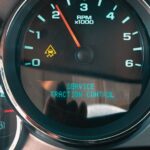
![Traction Control Light [What Is It and Why Is It On?] Traction Control Light](https://roadsumo.com/wp-content/uploads/2022/03/traction-control-light-150x150.jpg)
![Transmission Control Module Location [for Various Models] transmission control module location](https://roadsumo.com/wp-content/uploads/2022/12/transmission-control-module-location-150x150.jpg)



